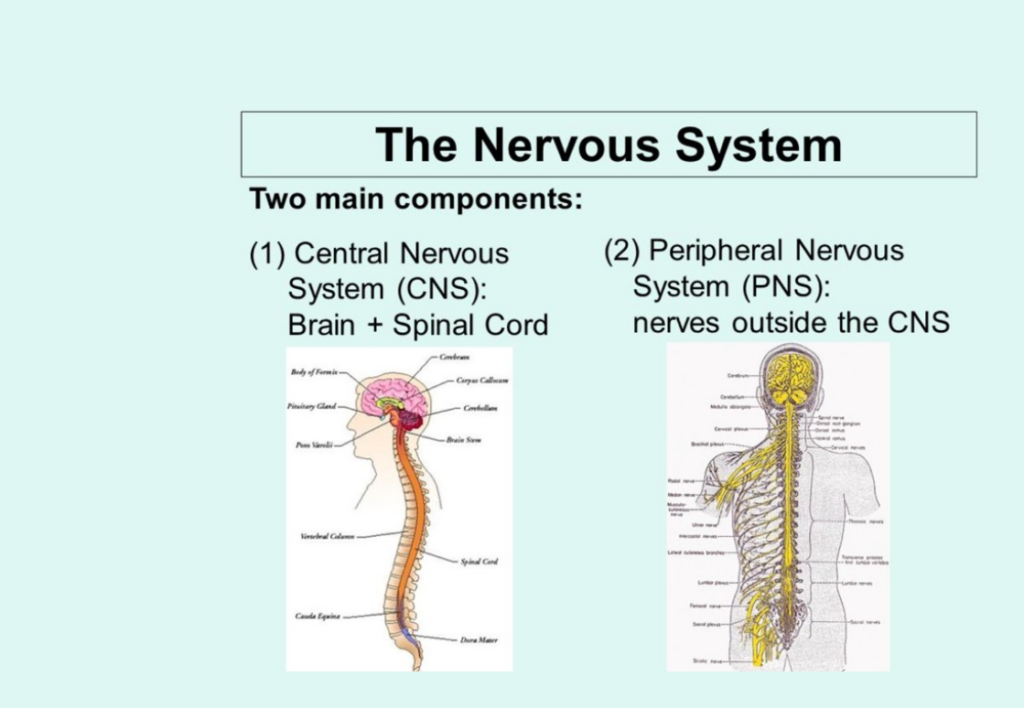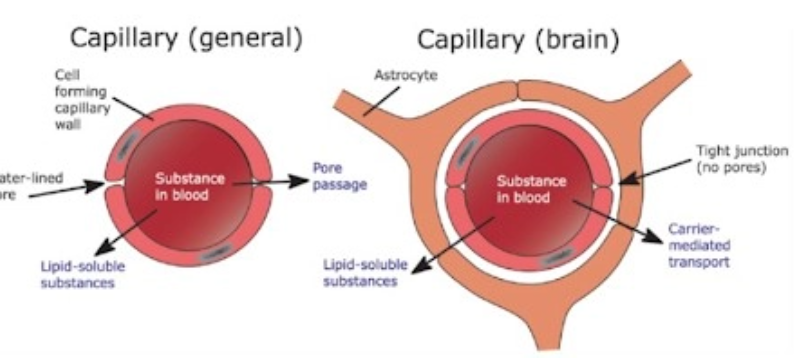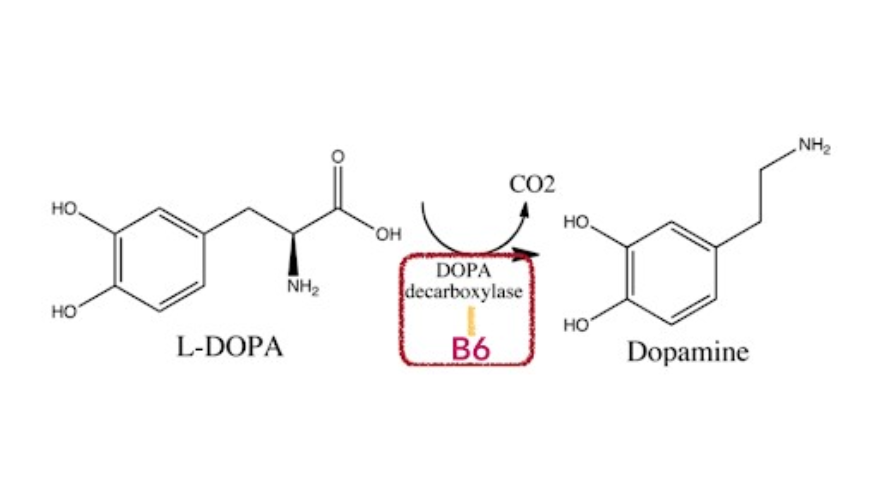Levodopa & Carbidopa for Parkinson’s: The Good, the Bad, the Truth

Parkinson’s Disease is a chronic neurodegenerative disease that is caused by diminished levels of the neurotransmitter Dopamine. L-Dopa, the precursor to Dopamine, has long been known as the gold standard and most effective in the treatment of Parkinson’s Disease. However, Levodopa alone can cause side effects.
Therefore, Levodopa is combined with Carbidopa so that Levodopa side effects are not experienced by the patient, and improvement in Parkinson’s symptoms occur. The Levodopa Carbidopa combination can be effective for a time, but Carbidopa itself can come with its own side effects. In the long term, Carbidopa Levodopa can do more damage than good. This article analyses Levodopa and Carbidopa for Parkinson’s Disease.
Written by Dr. Darlyn Dragg ND
Levodopa For Parkinson’s
L-Dopa, also known as Levodopa, is used for Parkinson’s to replace the diminished levels of dopamine. Levodopa alleviates the most common Parkinson’s symptoms.
- Levodopa improves the slowness of movements.
- Levodopa softens muscle spasms.
- Levodopa improves tremor.
Levodopa Side Effects
The biggest concern with the use of Levodopa (L-Dopa) is that high doses can cause substantial nausea and vomiting, to the degree that one may not be able to take the required dose of Levodopa needed to alleviate Parkinson’s symptoms. Other side effects include:
DIZZINESS
LOSS OF APPETITE
Anxiety
NAUSEA
Due to this, the side effects of Levodopa, Carbidopa was added to standard of care in Parkinson’s Disease treatment in 1976.
What Is Carbidopa?
Carbidopa is a decarboxylase inhibitor. It blocks the enzyme that converts L-Dopa to dopamine by wiping out Vitamin B6. Carbidopa does not cross the Blood Brain Barrier.
We will get into to a detailed explanation of what that means later on, but essentially, Carbidopa significantly reduces nausea and vomits side effects of Levodopa. This allows for the Levodopa to be more effective in reversing Parkinson’s symptoms.
Carbidopa Levodopa Uses
All current Parkinson’s medications that contain Levodopa (L-Dopa) are combined with Carbidopa. The following medications are Carbidopa Levodopa combinations:
- Sinemet (the most common Parkinson’s Disease medication)
- Rytary
- Parcopa
- Duopa
- Stalevo
Carbidopa/Levodopa combination can be effective, but the side effects of Carbidopa can be devastating. The Carbidopa side effects often prevent patients from taking the medications that they need for Parkinson’s.
Understanding Carbidopa
To understand better how exactly Carbidopa can negatively affect any person diagnosed with Parkinson’s disease, one first must understand in some detail two things.
1. The difference between the central and peripheral nervous system.
2. The role of vitamin B6, also known as pyridoxine.
It is needed to have a basic foundation in these two areas to recognize that Levodopa/Carbidopa may not be the best option for Parkinson’s Disease.
A Brief Explanation Of The Central And Peripheral Nervous
The central nervous system is comprised of the brain and the spinal cord.
The peripheral nervous system is comprised of any part of the nervous system that is outside of the brain and spinal cord.
Parkinson’s disease symptoms, like tremors and rigid movements, result from low levels of dopamine in the Central Nervous System. However, dopamine is a neurotransmitter that has functions in the peripheral nervous system as well.
Dopamine levels that are too low or too high in either the central or peripheral nervous systems can cause a wide variety of unwanted effects.

The blood-brain barrier (BBB) is one of the body’s creations that protects the brain and the spinal cord from unwanted or harmful substances that have entered the bloodstream.
Only specific molecules can cross through the blood-brain barrier and enter into the central nervous system.
Dopamine is not able to cross the BBB.
The precursor to dopamine, L-Dopa, can cross the BBB. L-Dopa can be consumed through supplementation and will enter the blood and easily cross the blood-brain barrier to convert to dopamine in the central nervous system.
For this reason, L-Dopa is effective in Parkinson’s Disease treatment.

The Role Of Vitamin B6
Now that we have a basic understanding of the difference between the central and peripheral nervous system, let’s change gears to discuss a little bit about the importance of vitamin B6. Please stay tuned because, by the end of this article, you will better understand how these concepts are important in the rationale that Carbidopa may not be the best option for Parkinson’s Disease.
Vitamin B6, Also Known As P5P Or Pyridoxine.
Vitamin B6 is an essential vitamin. Essential vitamins are vitamins that the human body is not able to create on its own; the vitamins have to come from outside sources like food or supplementation.
The role of Vitamin B6 is crucial to the creation of Dopamine from its precursor L-Dopa.
There is an enzyme that converts L-Dopa to Dopamine that is called aromatic L-amino acid decarboxylase (also known as DOPA decarboxylase).
This decarboxylase enzyme requires B6 (pyridoxal phosphate) as its cofactor. This means that the enzyme that converts L-Dopa to Dopamine NEEDS B6 to function, and without B6 there would be no conversion of L-Dopa to Dopamine.
This essentially means that without B6, there is no dopamine in the body.

Let’s put it all together:
Carbidopa Levodopa
The most effective treatment for Parkinson’s Disease to date is Levodopa (L-DOPA). L-Dopa is effective in increasing brain levels of Dopamine because L-Dopa can cross the blood-brain barrier whereas Dopamine cannot. L-Dopa is taken in pill form and is absorbed into the digestive system. It then goes through the peripheral nervous system and once it reaches the central nervous system it crosses the blood-brain barrier and can convert freely to Dopamine as long as there is enough vitamin B6 available for this conversion.
The issue with using L-Dopa alone is that high doses of L-Dopa in the peripheral nervous system cause a significant amount of nausea and vomiting in many patients.
This side effect many times prevents the ability to give the amount of L-Dopa necessary to reverse Parkinson’s symptoms.
To mitigate nausea and vomiting, a drug called Carbidopa was introduced into Parkinson’s Disease treatment in 1976. Carbidopa is not able to cross the blood-brain barrier, so it stays in the peripheral nervous system.
Carbidopa is a decarboxylase enzyme inhibitor. It prevents the enzyme DOPA decarboxylase from converting L-Dopa to Dopamine.
But the key question here is how?
Carbidopa binds to vitamin B6 and makes Vitamin B6 completely inactive so that Dopa decarboxylase no longer has an active cofactor and no longer has the ability to work.
Therefore, L-Dopa no longer can convert to Dopamine in the peripheral nervous system. This results in lower levels of dopamine in the peripheral nervous system and that stops nausea and vomiting that results from using L-Dopa alone.
So, What’s The Problem?
What is the problem you might ask? This sounds like a good solution to stop the side effects of L-Dopa.
Well, remember that Vitamin B6 is required to convert L-Dopa to Dopamine not only in the peripheral nervous system but also in the central nervous system.
Carbidopa blocks B6, and therefore, lowers the levels of active B6 in the body.
In time, there will be such low levels of B6 that the brain no longer has enough available B6 to convert enough L-Dopa to Dopamine in the brain, resulting in even lower levels of dopamine in the brain.
A quick reminder of what causes Parkinson’s Disease symptoms: low levels of Dopamine in the brain!!!
So when you add Carbidopa to Parkinson’s Disease Treatment, you are indirectly causing lower levels of Dopamine because you are depleting the availability of vitamin B6.
When treating Parkinson’s Disease, you cannot afford to block the conversion of L-Dopa to Dopamine in the central nervous system, otherwise, the disease can progress much faster than you want.
Carbidopa Side Effects
Not only can Carbidopa potentially cause Parkinson’s to progress faster, but there are many possible side effects of Carbidopa itself.
- Worsening Tremor
- Dyskinesia (uncontrollable muscle movements in the face, neck, arms, legs etc)
- Severe nausea and vomiting
- Digestive complaints
- Severe depression and anxiety
- Seizures
- Cardiac disorders
- Very rigid and painful muscles.
Is There A Solution?
The short answer is yes. When given L-Dopa with a combination of other amino acids, the side effects caused by the L-Dopa are no longer an issue. This allows you to give the therapeutic dose of L-dopa to reverse Parkinson’s symptoms without the need for the Carbidopa medication.
The Big Takeaway From This Article
Carbidopa was added to the treatment of Parkinson’s disease to help with the symptoms of nausea and vomiting caused by high levels of peripheral Dopamine However, because Carbidopa irreversibly binds to the vitamin B6, the vitamin necessary for the conversion of L-Dopa to Dopamine. Over time, the added drug inadvertently causes lower levels Dopamine in the brain, therefore progresses Parkinson’s Disease symptoms.
There is a safer way to use L-Dopa (Levadopa), the most effective Parkinson’s Disease treatment. It is to balance L-Dopa with other amino acids, which prevents nausea and vomiting from happening.
This article is not intended to diagnose or treat any individual with Parkinson’s Disease or any individual who experiences hallucinations. This article was created for educational purposes only and is not a substitute for medical, psychological or any other sort of professional care. Please always contact your medical provider with any questions or concerns involved treatment for hallucinations and Parkinson’s Disease.